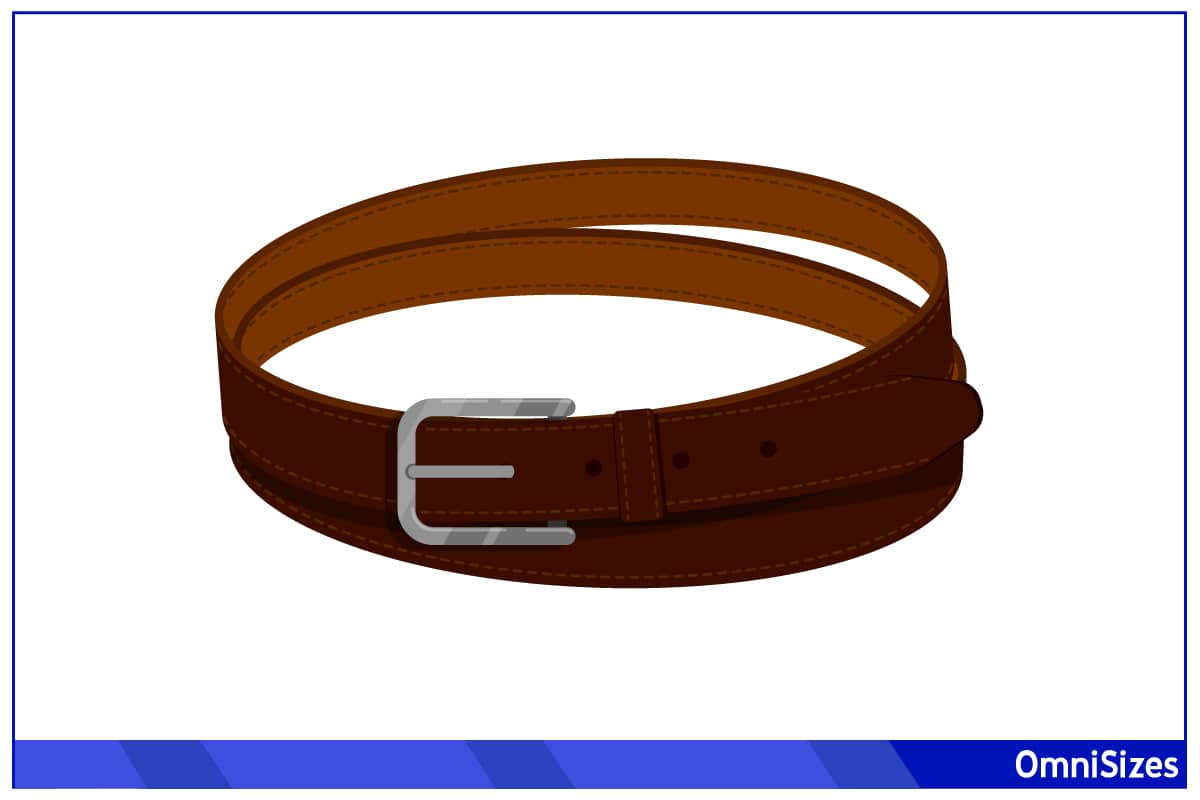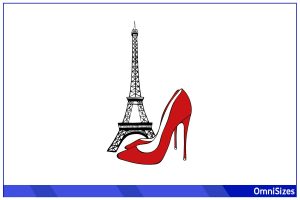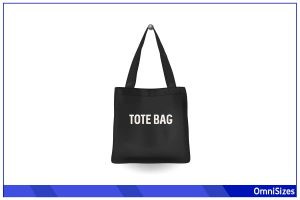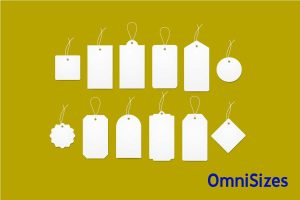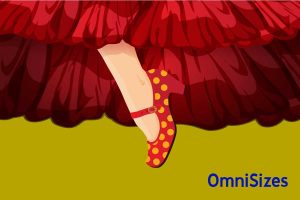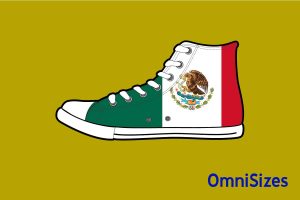Belts can guarantee a comfortable and proper fit of our pants and skirts. If you know about belt sizes, you can save both time and hassle when shopping or sorting through your wardrobe.
Common belt sizes range from 30 to 44 inches, typically increasing in 2-inch increments. To size a belt, measure your waist where the belt will sit and add 2 inches for a perfect fit. For example, a 34-inch waist would require a 36-inch belt.
In this article, we’re diving into everything about belt sizes. We’ll cover how to measure yourself, understand size charts, and pick the right belt for different occasions.
A Quick Breakdown of Belt Measurements
The correct belt size is a blend of getting the right length, width, thickness, material, and buckle. Each of these elements plays a role in how your belt looks, feels, and functions.
1. Belt Lengths
The length of a belt contributes to a comfortable fit. It’s measured from the buckle to the middle hole. Typically, belt lengths range from 30 to 44 inches, increasing in 2-inch increments.
2. Belt Widths
Belt widths are a subtle yet significant aspect of belt selection. They vary from narrow (around 1 inch) to wider styles (up to 1.5 inches). Narrow belts offer a refined, dressy appeal, perfect for formal attire. Wider belts provide a casual, robust feel, suitable for jeans or heavier pants.
3. Belt Thicknesses
Thickness influences a belt’s style and comfort. Belts generally range from 3 to 5 millimeters thick. The thickness should match your comfort and the type of pants you wear.
How to Measure Your Belt Size
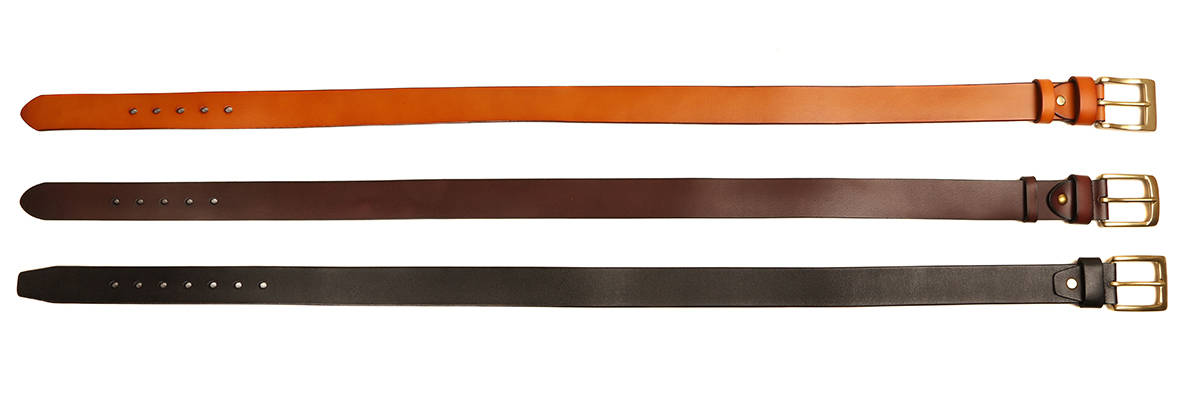
Measuring your belt size is easier than you might think. This guide will walk you through the steps to ensure you pick the perfect belt every time.
1. Measure Your Waist
First things first, grab a measuring tape. Wrap it around your waist where you usually wear your belt. It’s best to do this over your pants, as it gives a more accurate size for where the belt will sit. Jot down the measurement in inches.
2. Add the Extra Inches
Now that you have your waist size, it’s time to convert it to belt size. A common rule is to add 2 inches to your waist measurement. For example, if your waist is 34 inches, you should look for a 36-inch belt. This extra length accounts for the added bulk of your pants.
5. When In Doubt, Go Larger
If you’re stuck between sizes, it’s safer to go with the larger one. You can always add extra holes to a belt that’s too long, but a belt that’s too short is a no-go. Plus, a slightly longer belt gives more flexibility in terms of fit and styling.
Belt Size Chart and Conversion Guide
| Belt Letter Size | Belt Length (inches) | Recommended Waist Size (inches) |
| S | 32 | 28-30 |
| M | 34 | 30-32 |
| M | 36 | 32-34 |
| L | 38 | 34-36 |
| L | 40 | 36-38 |
| XL | 42 | 38-40 |
| XL | 44 | 40-42 |
| XXL | 46 | 42-44 |
Please note that this chart serves as a general guideline for belt sizes. Different brands might have slightly varying sizes. It’s a good idea to check the brand’s sizing chart if you’re shopping online. These charts usually list belt sizes with corresponding waist measurements.
Choosing the Right Belt for Different Occasions
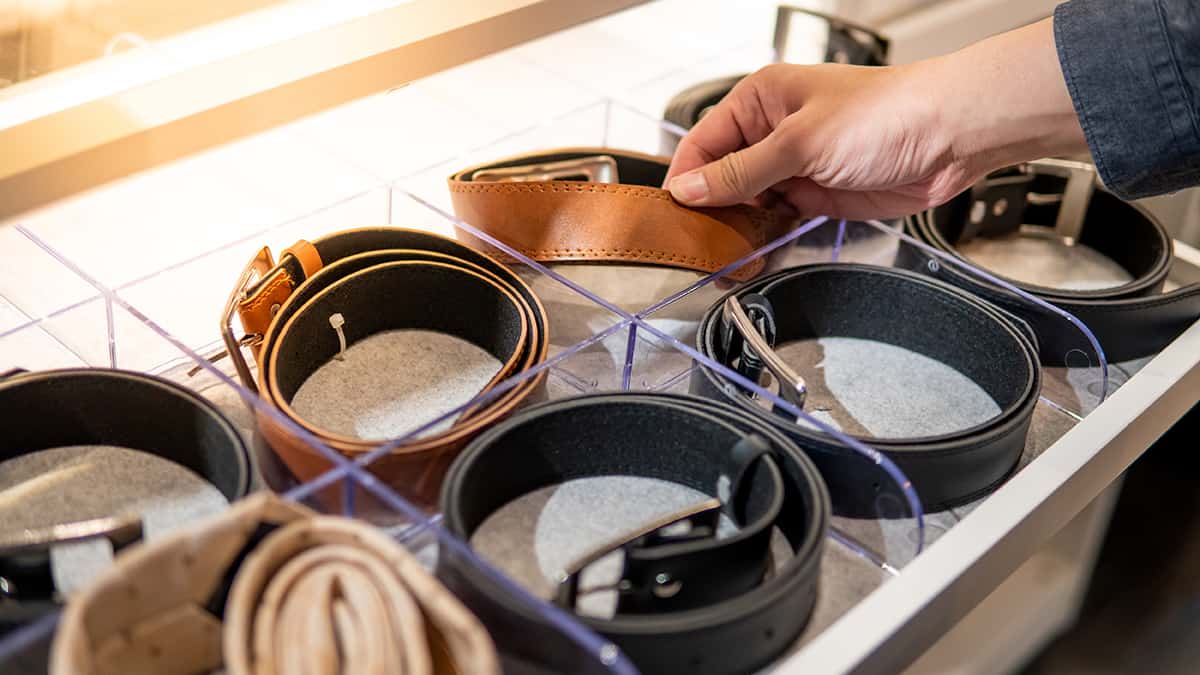
As a fashion piece, the size of a belt isn’t the only thing you should consider. It can also be about matching the belt to the occasion. Here’s a brief guide to help you pick the perfect belt for any event.
1. Formal and Business Belts
For formal occasions like weddings or business meetings, go for a sleek, classic belt. A narrow belt, about 1 inch wide, in black or brown leather is a safe bet. The rule is simple: the shinier and smoother the belt, the dressier it is. Match the color of your belt with your dress shoes for a polished look.
2. Relaxed and Stylish
Casual belts offer more room for personal style. These belts can be wider, up to 1.5 inches, and come in various materials like canvas, braided leather, or even suede. Feel free to play with colors and textures to add a bit of flair to your outfit. Casual belts work great with jeans, chinos, or shorts.
3. Work and Utility Belts
For work, especially in more physical jobs, your belt needs to be both functional and comfortable. A sturdy leather belt, about 1.5 inches wide, is ideal. It should be strong enough to hold any work tools or accessories without sacrificing comfort.
4. Sports and Outdoor Activities
If you’re into sports or outdoor activities, you’ll need a belt that’s both durable and flexible. Look for materials like nylon or other synthetic fibers that offer stretch and resilience. These belts are often lightweight and come with practical features like quick-release buckles.
FAQs
1. What is the spacing of belt holes?
Belt hole spacing is usually about 1 inch apart. This spacing gives you enough room to adjust the fit, especially if your waist size changes a bit. This is why some belt brands provide recommended waist ranges for a specific belt length.
2. How do I adjust a belt if it’s too long or too short?
If your belt is too long, you can trim the end without the buckle, but do this carefully to keep it looking neat. If it’s too short, unfortunately, there’s not much you can do. It’s usually better to get a new belt that fits right.
3. Can I add new holes to a belt?
Yes, you can add new holes to a belt. If you’ve got a leather punch tool, it’s pretty simple. Just make sure you punch the new hole in line with the existing ones and only add one or two holes to keep the belt looking good and functioning properly.
4. How to store a belt to prevent damage?
The best way to store a belt is to hang it up. This keeps it straight and prevents creases or cracks, especially in leather belts. If you don’t have a hanger, you can also roll it up loosely and store it in a drawer. Avoid folding the belt, as this can cause damage over time.
